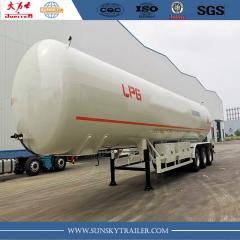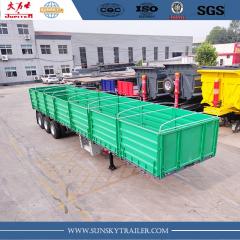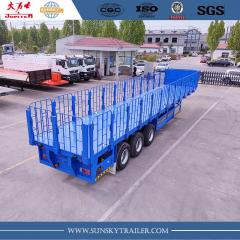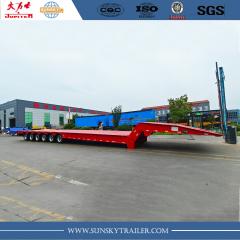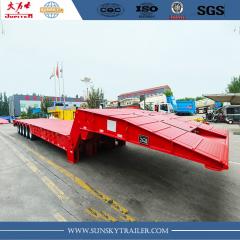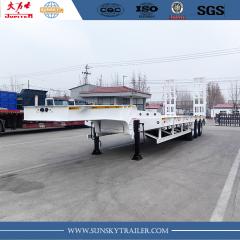What is a wind blade trailer?
There are two major elements to the wind blade trailer. The chassis is a dual lane short axle low bed trailer that typically has 3 to 4 dual-lane axles, implying that the low bed trailer has 6 to 8 axles. An adapter for the wind turbine blade is located on the top. The blade adapter is intended to raise the blade up to 38 degrees, and the blade adapter trailer's rotor plate is 360° rotating, which means the blade may swivel to any angle depending on the road conditions. Of course, because of its kerb weight and the blade being moved, this sort of wind blade trailer will not be able to go quickly.
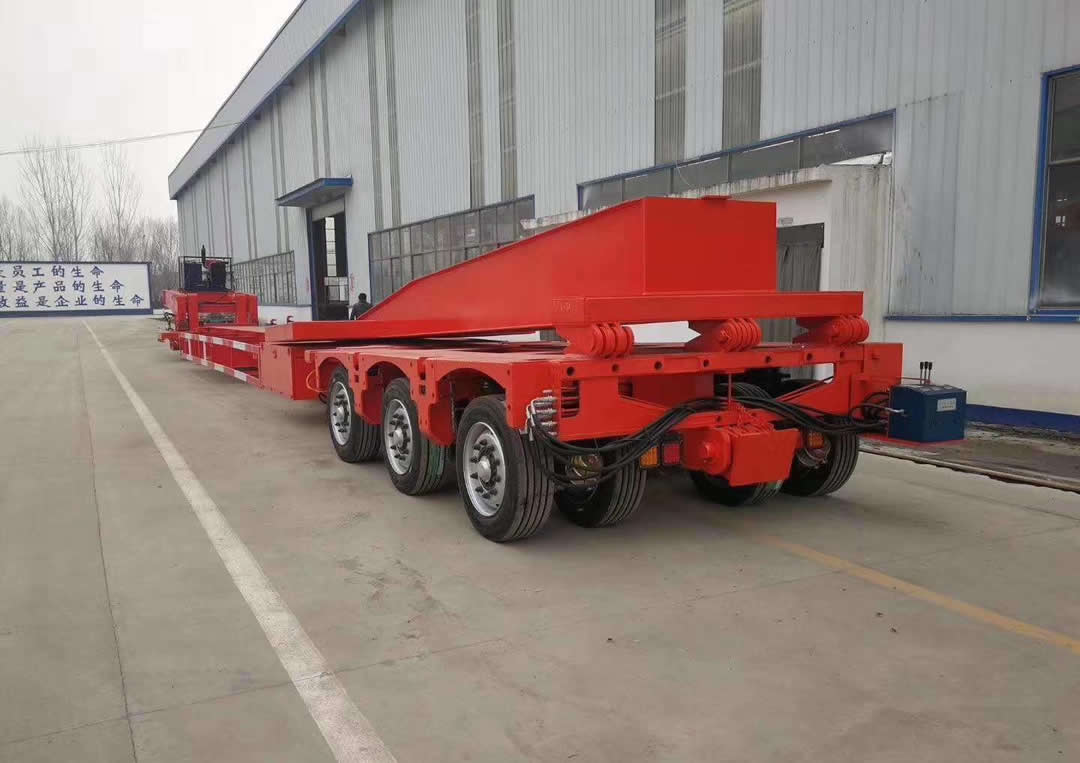
It's usage
The wind blade trailer is a segmented type of special vehicle used to move wind turbines from the manufacturing facility to the building site. The most common kind is the extensible type, which is required whether the trailer is an adaptor or a flatbed trailer.
When building an on-shore wind farm, there are several factors to consider, the most of which revolve on the location of the turbines. Grid connection and access, on the other hand, are two critical components of any development that may face restrictions several kilometres away from the turbines. Before any project can move forward, access to pinch spots for oversail – when equipment swings across territory held by others – and overrun – when delivery vehicle wheels travel over land – must be secured. Developers don't usually have any obligatory authority to get these rights, so they'll have to work out a deal with the landowner.
There is increased interest in on-shore wind farm development in Scotland, as reported in Energy Matters Issue 18, with bigger turbines with tip heights in excess of 200 metres.
Because these turbines have longer blades, they will require more property to get access around tight road curves than smaller turbines. Developers wanting to expand or re-power existing projects will discover that additional acreage is required, and some formerly unproblematic corners will suddenly become a project restriction.
Blade transportation has always relied on delivery trucks that can carry but not manoeuvre the blade. However, according to Ian Baring-Gould, a wind energy specialist in the United States, bigger blades will cost more to manufacture and maintain, and the greater overall dimensions would raise component weights.
Another alternative is to utilise hydraulic lift trailers, which have the blade locked behind the cab and can be elevated to traverse difficult pinch spots while the delivery trailer is shortened. Some, but not all, of the need for obtaining third-party consents will be eliminated by these trailers. Even if the trailer stays on the roadway, the blade has the potential to oversail nearby property. Overhanging trees or powerlines may also cause problems.
Another factor to consider is that, while hydraulic lift trailers can be utilised during the initial building of the wind farm, gaining access under any operation and maintenance agreement when a hydraulic lift trailer is required again should replacement blades be required poses a difficulty. If technical improvements do not overcome these issues, further access consents will be necessary as turbine diameters grow. For the time being, we believe that developers will want to assure the predictability of access agreements in order to ensure project delivery.





